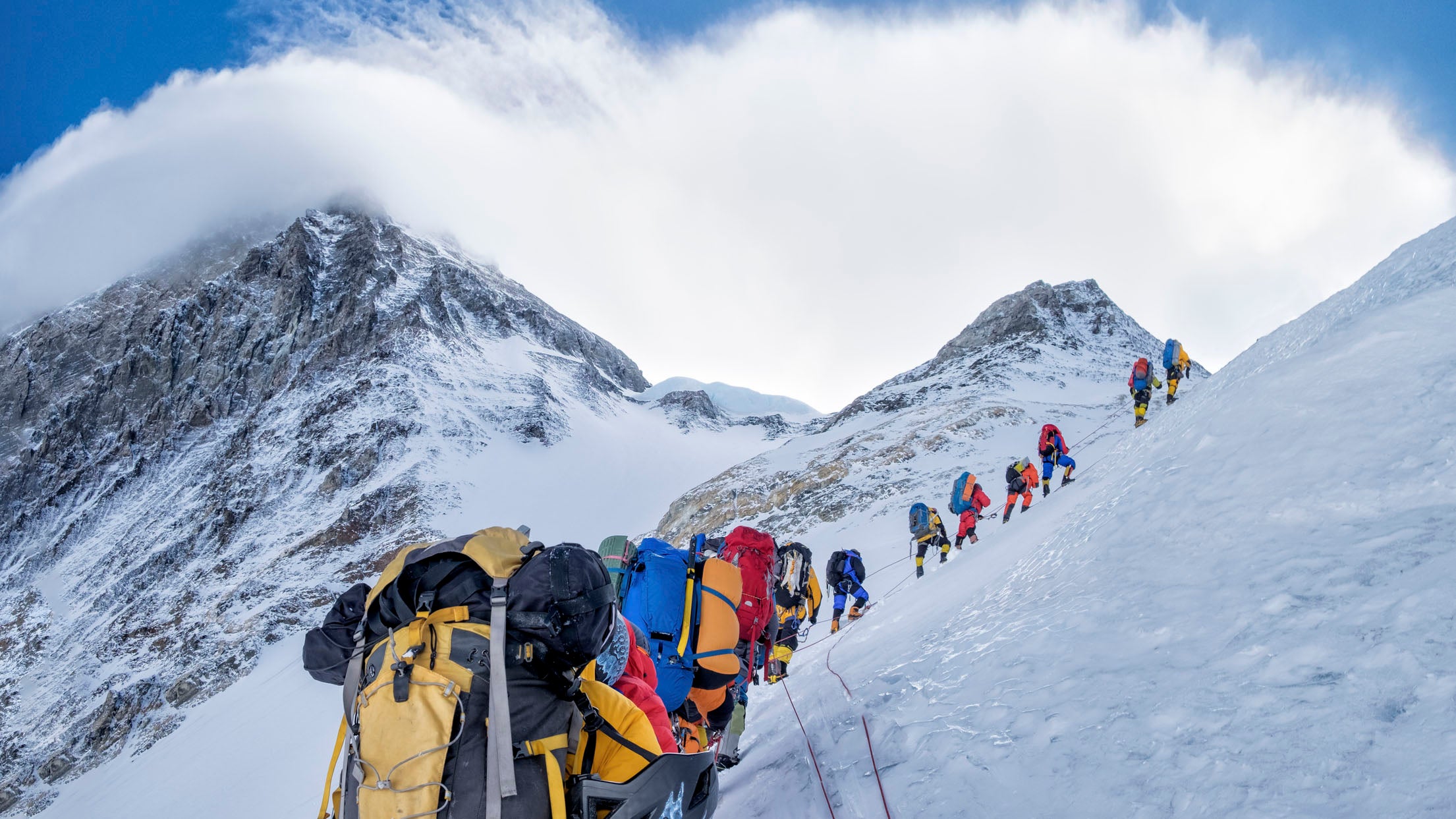Climbing Mount Everest : guide services cost tens of thousands of dollars, and then there’s the airfare, insurance, and cost of gear. You must also purchase a climbing permit. For 2023, Nepal required foreigners to pay $11,000 for the requisite permit to climb the world’s highest peak.
That price is set to rise—somewhat dramatically. Earlier this month, tourism authorities announced that the price of a permit will go up to $15,000 in 2025—a 36 percent bump. The reason? Dead bodies are piling up on the world’s highest peak, and recovering corpses is a costly affair.
The change comes “amid persistent complaints over the growing number of deaths” on the 29,035-foot mountain, . Along with the fee increase, the government will also mandate that dead bodies are brought down from Everest.
Nima Nuru Sherpa, president of the Nepal Mountaineering Association, said not all climbers have insurance that covers the cost of search and rescue—and the retrieval of the deceased.
“We are discussing making insurance mandatory in search and rescue operations for all to support the retrieval of bodies from the mountain,” he told The Kathmandu Post. “If the dead bodies are not retrieved during that particular time or season, we have urged the government to issue a royalty-free permit to retrieve them at any time during the season or the next year.”
According to mountaineering officials, it can cost anywhere from $20,000 to $200,000 to remove a dead body from Everest’s “death zone,” an oxygen-depleted area at around 26,000 feet.
This year was one of the deadliest in Everest’s history, with 17 fatalities. More people are attempting to summit Everest than ever, with a record 478 permits issued this spring.
After the climbing season ended in June, guides, Nepali officials, and mountaineers debated why so many climbers died. Some pointed to climate change, and said that conditions felt colder than normal on the peak. Dr. Yuba Raj Khatiwada, the director of Nepal’s tourism department, that variable conditions likely led to the uptick in fatalities. “This season the weather conditions were not favorable,” he said.
But others say that the shifting economics of Himalayan expeditions are to blame. In recent years, guiding companies offering inexpensive, no-frills expeditions have gained popularity. These companies often bring inexperienced climbers onto the peak without the requisite training or support to save themselves when problems arise, critics say.
“The operators supporting those climbers still have a mindset that they are merely providing expedition services and not guiding these people and therefore feel no sense of responsibility for them,” Phil Crampton, founder of the Kathmandu-based Altitude Junkies expedition company, told ���ϳԹ��� earlier this year.
More than 300 people have died on Everest since 1953, when the summit was first reached by Edmund Hillary and Tenzing Norgay, . Over 200 bodies are scattered across the mountain, with some serving as landmarks for climbers.


